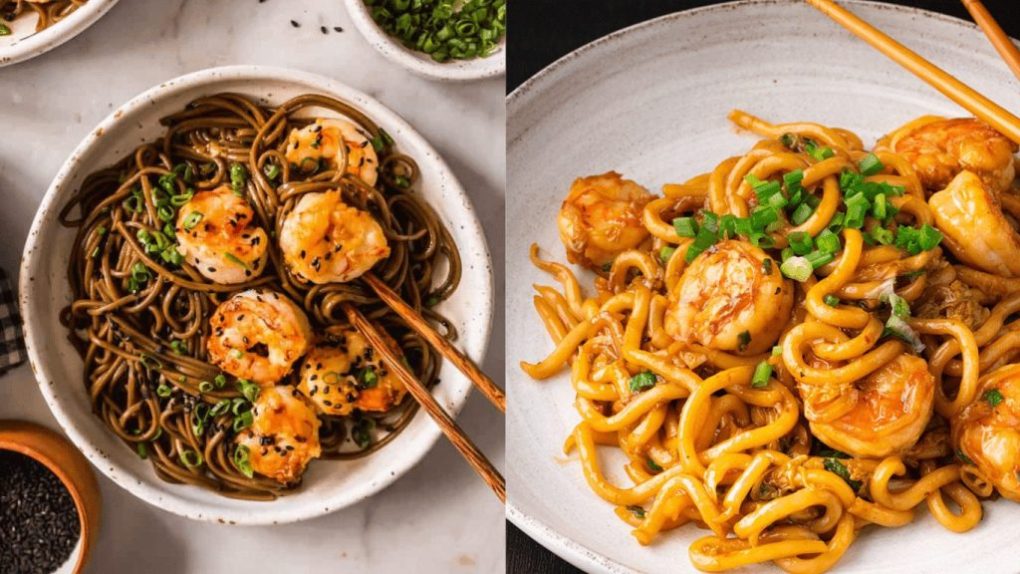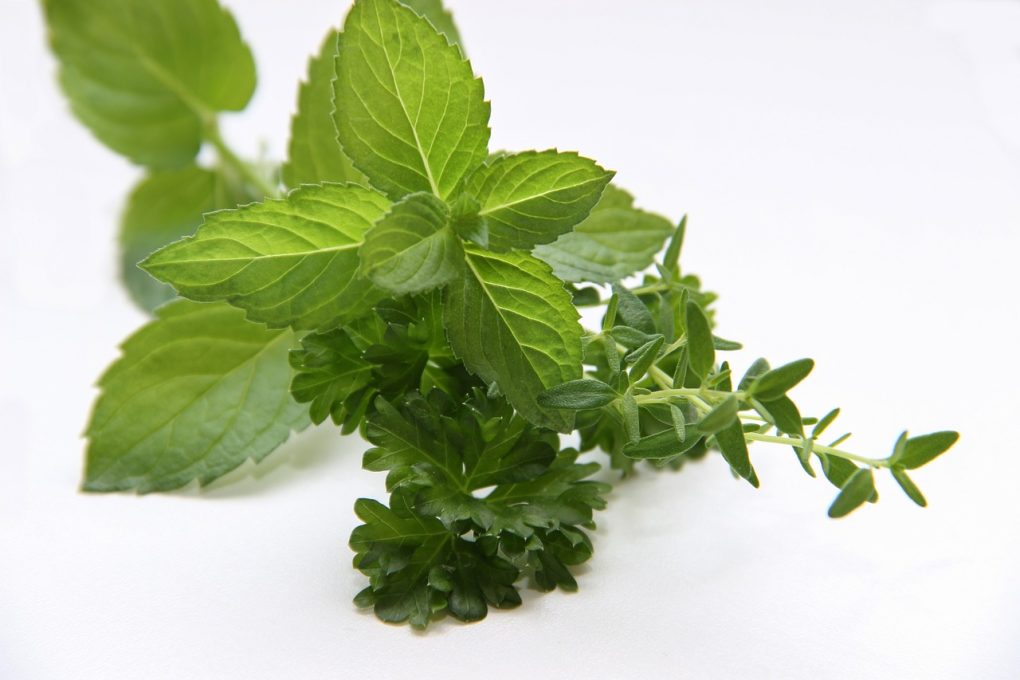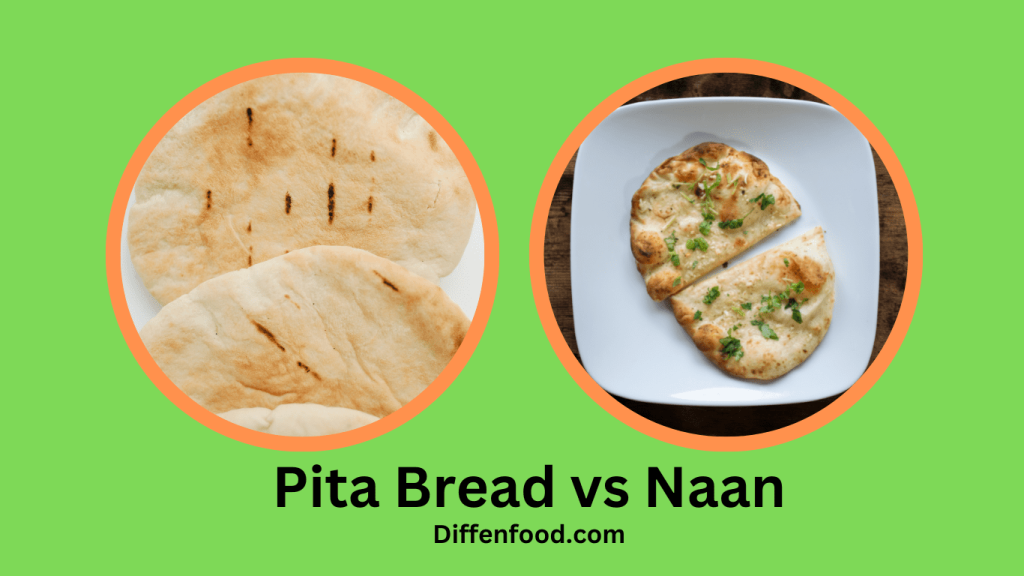
What’s the difference between Udon Vs Soba Noodles? If you’re a fan of Japanese cuisine, you’ve likely heard of these two popular types of noodles. Udon noodles and soba noodles are both beloved in Japan and beyond, but they differ in taste, texture, and nutritional value.
Understanding the differences between udon and soba noodles is important for several reasons. It can impact the flavor and texture of your dishes, as well as the nutritional content. Additionally, knowing which noodle to use in each recipe can make a significant difference in the overall taste and presentation.
In this article, we will explore the key differences between udon and soba noodles, including their ingredients, preparation methods, and culinary uses. We’ll also delve into the nutritional value of each noodle, and whether they can be used interchangeably in various recipes. By the end of this article, you’ll have a better understanding of these two popular types of noodles, and how to use them in your cooking.
Udon and Soba Noodles

What Are They Made Of – Udon Vs Soba Noodles
Udon noodles are made from wheat flour, salt, and water. The dough is kneaded and then rolled out into a flat sheet. The sheet is then cut into thick strips, which are boiled in water until they are cooked through. The result is a smooth, chewy noodle that is perfect for soups and stir-fries.
Soba noodles are made from buckwheat flour and wheat flour. The two flours are mixed together and then kneaded into a smooth dough. The dough is then rolled out into thin sheets and cut into long, thin noodles. Soba noodles are often served cold with a dipping sauce or hot in soups.
Udon Vs Soba Noodles: Basic Difference

Appearance
One of the main differences between udon and soba noodles is their appearance. Udon noodles are thick, white, and have a chewy texture, whereas soba noodles are thin, brown, and have a more delicate appearance. Udon noodles are made from wheat flour, salt, and water, while soba noodles are made from buckwheat flour, which gives them their distinct color.
Texture
Another significant difference between udon and soba noodles is their texture. Udon noodles are thicker and have a chewy, doughy texture that is perfect for soups and stews. On the other hand, soba noodles are thinner and have a more delicate texture, which makes them ideal for cold noodle dishes.
Flavor
When it comes to flavor, udon and soba noodles have different tastes. Udon noodles have a mild, slightly sweet flavor that goes well with a variety of sauces and broths. Soba noodles have a nutty, earthy taste. They go well with soy sauce and other savory ingredients.
Culinary Uses
People use udon and soba noodles differently. They use udon noodles in soups, stir-fries, and cold noodle salads. Udon noodle soup is a popular Japanese dish. Soba noodles are usually served cold in dishes like zaru soba or warm in soups like kake soba.
Preparation
To prepare udon noodles, you need to boil them for a longer time than soba noodles. This results in a softer texture and a thicker noodle. Boil soba noodles for a shorter time to get a firmer texture and thinner noodle. They also have a higher percentage of buckwheat flour, which makes them a healthier option than udon noodles. Moreover, the buckwheat flour gives them a nuttier flavor.
Udon and soba noodles are two of the most popular types of noodles in Japanese cuisine. While they may look similar, they have distinct differences in appearance, texture, flavor, and culinary uses. Whether you prefer the chewy texture of udon noodles or the delicate flavor of soba noodles, both are delicious and versatile ingredients in many Japanese dishes.
difference in nutritional value: Udon Vs Soba Noodles

While Udon and soba noodles are made from wheat flour, they differ in their nutritional value.
Calorie Content
One of the main differences between udon and soba noodles is their calorie content. Udon noodles are denser and contain more calories per serving than soba noodles. A serving of udon noodles contains around 200-250 calories, while a serving of soba noodles contains around 120-150 calories. Therefore, if you are watching your calorie intake, soba noodles are a better choice.
Macronutrient Content
When it comes to macronutrient content, udon and soba noodles differ in their carbohydrate, protein, and fat content. Udon noodles are higher in carbohydrates and lower in protein and fat than soba noodles. A serving of udon noodles contains around 40-50 grams of carbohydrates, 4-6 grams of protein, and less than 1 gram of fat. In contrast, a serving of soba noodles contains around 25-30 grams of carbohydrates, 8-10 grams of protein, and 1-2 grams of fat. Therefore, if you are looking for a higher protein and lower carbohydrate option, soba noodles are a better choice.
Micronutrient Content
In terms of micronutrient content, udon and soba noodles differ in their vitamin and mineral content. Soba noodles are higher in vitamin B1, B2, and E than udon noodles. They also contain minerals such as magnesium, potassium, and phosphorus. Udon noodles, on the other hand, are higher in iron and calcium. Therefore, depending on the vitamins and minerals you want to consume, you can choose either udon or soba noodles.
Udon vs Soba Noodles: Can They be Interchanged in Recipes?

Recipe Types
People commonly use udon and soba noodles in various Japanese dishes. Udon noodles are thick and chewy, while soba noodles are thinner and made with buckwheat flour, giving them a slightly nutty taste. You can use both noodles in a range of recipes such as soups, stir-fries, salads, and cold noodle dishes, making them versatile.
In Which Recipes They Are Interchangeable
You can use udon and soba noodles interchangeably in recipes, especially when served in a broth or sauce. If a recipe calls for udon noodles, you can use soba noodles without changing the dish’s flavor or texture. Similarly, if a recipe calls for soba noodles, you can use udon noodles with little difference in taste or texture.
Conclusion
Overall, the choice between udon and soba noodles largely depends on personal preference and the type of dish being prepared. Udon noodles are perfect for soups and stir-fries, while soba noodles work well in salads and cold dishes.
Regardless of your preference, both noodles offer a delicious and satisfying meal option that is rich in Japanese culture and tradition. So, whether you prefer the thick and chewy udon noodle or the nutty soba noodle, both are worth trying and incorporating into your next recipe.





